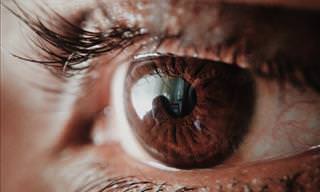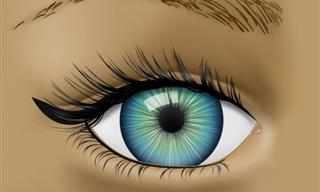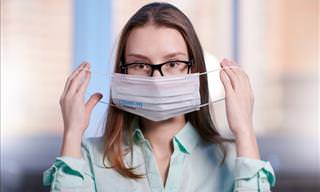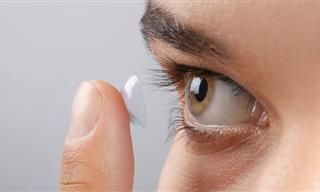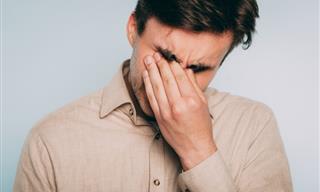Indeed, ophthalmologists across the world have observed a surge in patients complaining of having red and irritated eyes, a burning sensation in the eyes, as well as blurry vision in the past few months. All these are symptoms of dry eye syndrome, also known as keratoconjunctivitis sicca. At first, eye doctors couldn’t understand why more people started experiencing dry eye symptoms, but then they noticed a pattern - many of the patients spent more time in public spaces and wore face masks more often, in addition to mostly working from home. Thus, the term MADE, or “mask-associated dry eye” came into existence.
What Causes Mask Related Dry Eye?
So yes, you’re not just imagining it - wearing a face mask can irritate your eyes and can even contribute to dry eye. That said, most medical experts point out that mask-wearing alone is rarely if ever the cause of dry eye, and there is typically another factor that’s causing the condition, such as spending a lot of time glued to screens or reading for hours on end. Common symptoms of dry eye syndrome include eye fatigue, discomfort, discharge, redness, and blurred vision, and the condition is more likely to occur as we age.
If you experience any of these symptoms and you wear a mask daily, you may have MADE. At the same time, doctors state that having dry eye is not a reason NOT to wear a mask, as the symptoms of the condition are easily preventable and treatable, and in many cases, stopping to wear a mask won’t help on its own anyway.
“The real reason for bringing this to people’s attention is to say, ‘Hey, if you notice this, this is why it’s happening and let’s help you manage your dry eye while you continue to wear your mask,’ ” stated Lyndon Jones, director of the University of Waterloo’s Center for Ocular Research and Education in Canada in a statement.
Research shows that the eyes may become dehydrated because the air escaping from the top of the face mask dries out the tear film, a protective fluid layer on the surface of the eye. As this film becomes depleted, we begin to experience discomfort in the eye area. In addition, the mask may be causing inflammation of the oil glands in the eye area, which can also contribute to dry eye syndrome, although aren’t clear on how exactly this may happen.
How to Prevent and Treat Mask Related Dry Eye Syndrome
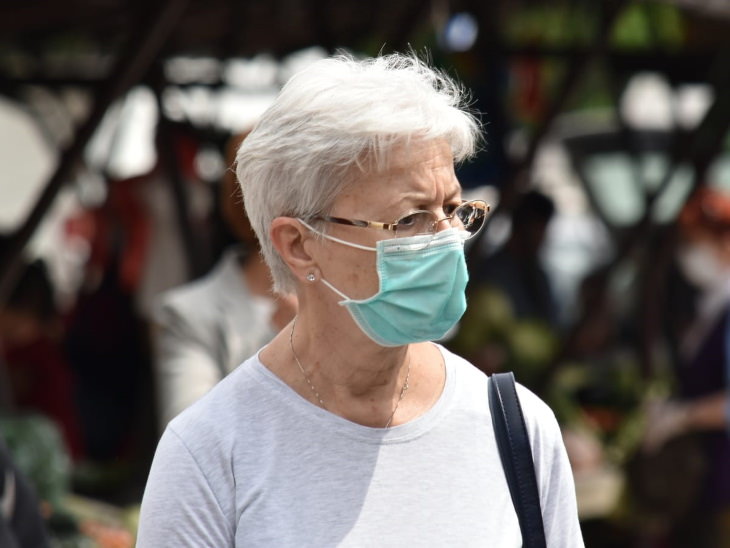
Related Article: Dry Eyes Will Be a Thing of the Past with These Remedies
1. Make sure your mask fits properly. Since it’s likely the air that escapes from your mask that’s contributing the issue, wearing a face mask that fits tightly in the nose area is key. To test if your mask fits properly, simply put on the mask and then a pair of glasses. If the glasses fog up within a few minutes, you need a better fitting mask. For example, surgical masks are a good option in general because they have a moldable wire on top that will help you adjust the fit.
2. Practice eye hygiene. Eye dryness isn’t caused by your face mask alone, and it’s important to practice beneficial habits that will help reduce and prevent dry eye. One such habit is the so-called "20-20-20 rule": when working at the computer, watching TV, reading, or browsing your smartphone, look 20 feet away every 20 minutes for 20 seconds. This trick will give your eyes a mini-break and rehydrate the surface of the eye.
3. Don’t rub your eyes. We’ve been warned, and rightfully so, that eye rubbing can potentially introduce you to the dangerous novel coronavirus, but this is actually not the only reason to do so. It turns out that eye dryness and a number of other eye issues, such as inflammation and micro-abrasions in the cornea can also be caused by rubbing your eyes.
4. Get hydrating eye drops to treat dry eyes. Artificial tear drops are effective at relieving symptoms of dry eye syndrome. The eye drops are available over the counter, but they shouldn’t be confused with anti-redness drops, such as Visine, which eye doctors do not recommend.
We hope you found this article useful. If so, please share it with others!
 Go to BabaMail
Go to BabaMail






